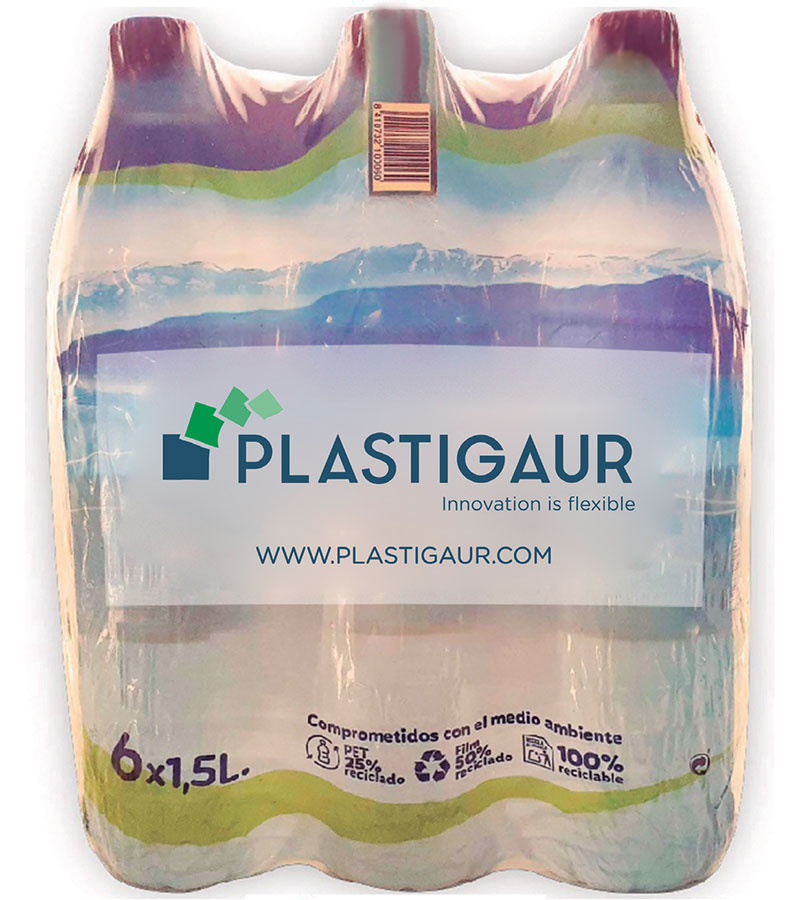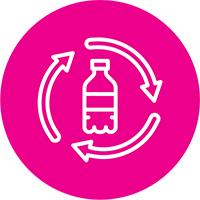FIREPOST
FLEXIBLE PACKAGING FILMS MADE USING 70% RECYCLED PLASTIC
PLASTIGAUR INTENDS TO TAKE ECO-DESIGN TO THE NEXT LEVEL in the flexible packaging sector, with an innovative range of films made using up to 70% post-consumer recycled (PCR) plastic, of reduced thickness and maintaining their functionality. PLASTIGAUR’s strategic goal is to be a sustainability benchmark in the sector.

DRIVING FACTOR


 OBJECTIVES
OBJECTIVES
- Reduce environmental footprint of flexible plastic packaging while maintaining the productivity of current products, so that reduced environmental impact and economic growth go hand in hand.
- Develop new plastic films in the range of products currently produced at PLASTIGAUR, by cutting thickness and developing formulations with up to 70% PCR plastic.
 RESULTS
RESULTS
- Reduced consumption of virgin plastic raw materials in relation to introducing the corresponding percentage of recycled plastic in each product.
- Reduced corporate environmental footprint for PLASTIGAUR and the products it generates.
- Use of plastic waste generated by the market.
- Lower thickness of flexible film and thus, a reduction in the amount of raw material consumed, the environmental footprint of the product itself, and the amount of waste generated at the end of the life cycle.
- Increased transport efficiency and therefore further reduction in the product environmental impact.
 CONCLUSIONS
CONCLUSIONS
- FIREPOST transcends the scope of the company and covers the entire plastics value chain, thus increasing the impact of PLASTIGAUR’s performance on the circular economy, and follows the 7 Rs of the circular economy model.
- Thus, FIREPOST starts with Rethinking, and through eco-design, Redesigning the products manufactured; Together with this action, Reducing both thickness and consumption of virgin raw materials; and Finally, Recycling whereby a considerable amount of plastic waste that is not properly managed will be recovered. The synergy of all these actions is essential for PLASTIGAUR to adapt to market demand while maintaining the company’s sustainability and profitability.
ENVIRONMENTAL
TECHNICAL
ECONOMIC
COMMERCIAL
ON THE MARKET

